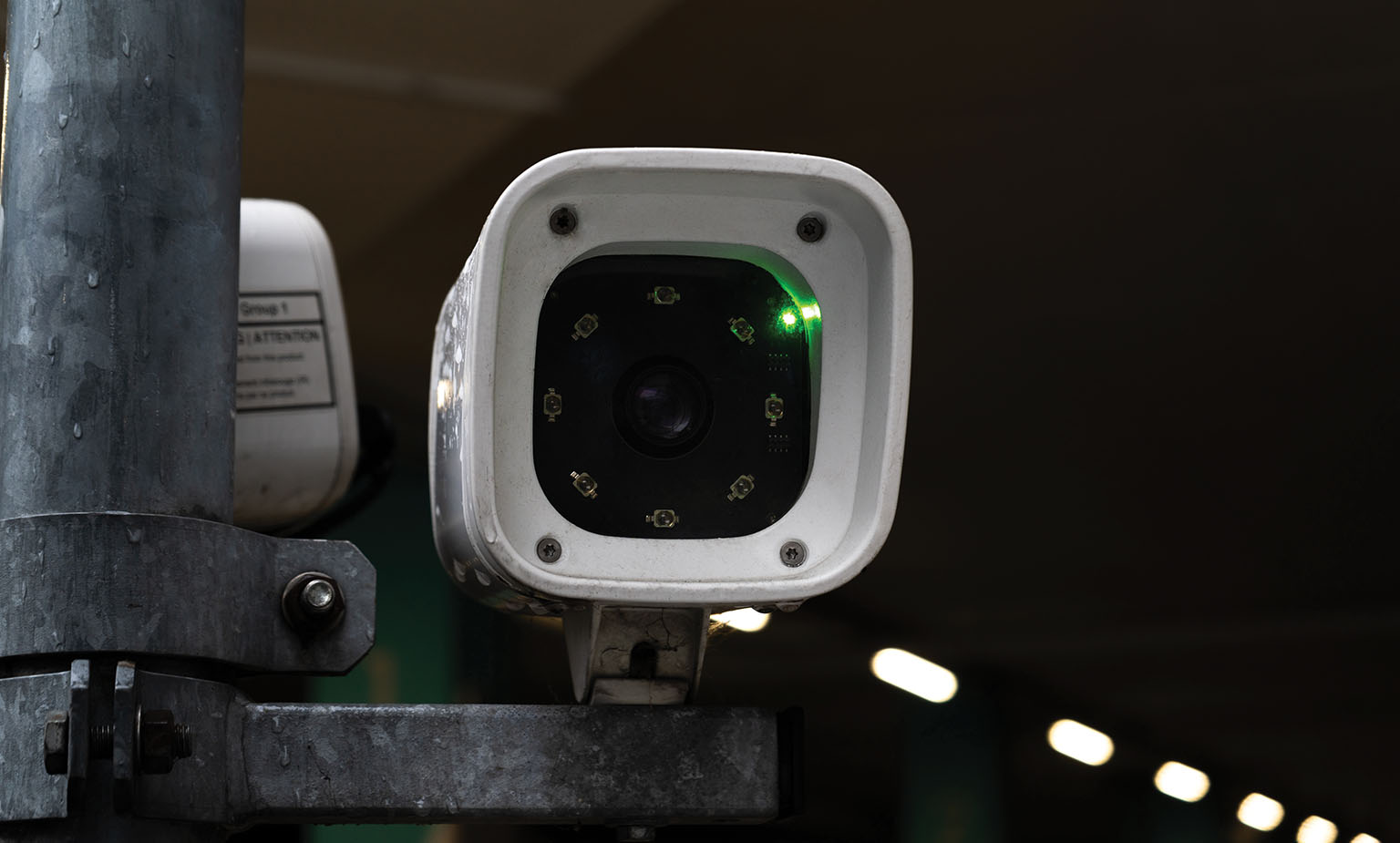Adopting digital and exponential technologies in Ireland’s justice sector

The adoption of digital and exponential technologies, such as artificial intelligence and big data analytics, holds great promise for transforming the justice sector, writes Cillian Leonowicz, Partner and Head of the Strategy and Architecture team in Technology Transformation, EY Ireland.
Innovation has the potential to enhance efficiency, improve access to justice, and ensure greater transparency within legal processes. However, realising these benefits requires more than just adopting new tools; it demands careful planning, thoughtful user-centric design, and a robust architectural approach. Without a solid foundation, robust design and compliance, the implementation of these technologies may fall short, leading to missed opportunities for meaningful reform.
What are these digital and exponential technologies with the ability to transform justice?
1. AI-powered legal tools
There are many opportunities for AI in the justice sector including AI-powered video analytics which can enhance crime prevention, suspect identification, and cross-border security through facial recognition, the tracking of individuals, and object detection.
Additionally, AI can prioritise law enforcement responses by assessing threat levels using algorithmic scores, streamline judicial processes, and can also support rescue and disaster responses by analysing imagery, locating individuals, and assessing damage. Law enforcement can also benefit from integrated intelligence analysis platforms which display crime trends and allow for rapid searches exploring potential criminal relationships.
There are numerous case examples of AI applications in the justice sector:
- SIGMA- Centralised AI-Driven Drafting and Decision Support for Judicial Efficiency (Brazil). The Federal Appeals Court in Brazil has implemented an AI system known as SIGMA. This program centralises draft models related to conformity and appeal admissibility judgements, assists in preparing legal reports, and aids in making decision and judgements within the Electronic Judicial process systems. SIGMA is available 24/7 and has significantly reduced case processing time.
- AI-Driven Preventive and Predictive Policing (India): The State of Karnataka has adopted AI-enabled policing through the installation of 7,500 surveillance cameras. AI integrates with police databases to detect suspicious behaviour and vulnerable areas via facial recognition. AI also uses historical data to anticipate criminal activities, enabling the pre-emptive deployment of officers to potential crime locations.
2. Detection, monitoring, and positioning systems
Law enforcement agencies are increasingly relying on detection, monitoring, and positioning systems to proactively address criminal activities and enhance public safety. These technologies allow for real-time data collection and analysis, enabling law enforcement to respond swiftly and effectively. For example:
- Drones: provide critical aerial surveillance capabilities. Police Forces across the globe have deployed drones for aerial surveillance and criminal activity detection including the Metropolitan Police Service in London.
- Global Positioning System (GPS): GPS technology improves the tactical deployment of police resources, improving coverage and better decision-making.
- Licence Plate Scanning: Automatic licence plate recognition (ALPR) systems allow for the immediate identification of vehicles associated with criminal activity. Additionally, ALPR is employed for road safety by detecting vehicles with expired registrations or those involved in traffic violations. These have been deployed here in Ireland by An Garda Síochána.
- Traffic Management System (TMS): New Zealand’s TMS excels in real-time adaptation to traffic conditions and unexpected events. Utilising real-time data, TMS can quickly respond to accidents, road closures, and adverse weather by adjusting signal timings and rerouting traffic to minimise disruptions and congestion.

“Without a solid foundation, robust design and compliance, the implementation of [innovative] technologies may fall short, leading to missed opportunities for meaningful reform.”
Cillian Leonowicz, Partner and Head of Strategy and Architecture, Technology Transformation, EY Ireland
Digital evidence management systems (DEMS)
As the volume of digital evidence collected by law enforcement continues to grow, the need for efficient and secure management systems has become more critical. The implementation of a Digital Evidence Management Systems (DEMS) streamlines evidence gathering, eliminating manual logging into multiple systems and enhances transparency and accountability in law enforcement.
DEMS provide security measures including redundant storage options that can be both on-site and cloud based. These storage solutions can also be expanded when needed offering scalability and flexibility. In addition, as the use of body worn cameras (BWC) becomes more widespread, a smooth integration with DEMS is crucial.
All digital evidence, including videos from BWCs, security cameras, and other digital sources, may be controlled and stored in one place because of the integration. DEMS also provides a clear and detailed chain of custody which is essential for the integrity of digital evidence. DEMS monitors all digital file interactions, such as who accessed the evidence, when it was accessed, downloaded, shared, and for what purpose. This ensures that all digital evidence maintains its integrity throughout the judicial process.
In addition to the foregoing technologies, we have also seen digital and exponential technologies like blockchain being used to secure and verify digital evidence, ensuring tamper-proof records and enhancing trust in the legal process.
During the Covid pandemic, we saw the deployment by the Court Service of remote court proceedings. In many jurisdictions, virtual courtrooms and remote hearings, driven by advancements in video conferencing technology, are becoming standard practice, increasing accessibility to justice while reducing costs and delays.
All these technologies will play a significant part in shaping the future provision of justice. So, how do we truly realise the benefits of them?
Realising the benefits of new digital and exponential technologies
To truly realise the benefits of these new and exciting technologies we need to:
1. Reimagine and reengineer with Humans@Centre
We need to think about how we want justice and associated services to be delivered and consumed by individuals. If we want streamlined, efficient, and effective service we need implementation which is empathetic and sympathetic to user needs and their expectations, for example those who are digitally native. Moreover, we need to be pragmatic in the prioritised deployment of these new processes and services to move beyond ‘pilots’ and into ‘production’ to deliver measurable impact and value.
2. Design for security and compliance
We need to ensure that all new processes, services, and technologies delivered are both secure and compliant by design. Heightened data privacy and the acute need for increased cybersecurity must be considered from day one. Retrofitting is expensive, fraught with risk and will slow down deployment and benefit realisation.
3. Architect as an ecosystem
The provision of justice following an event is a cross-organisation activity. For example, a single criminal case may involve police, courts, judiciary, prison services, and health services, as well as legal professionals, public prosecution and insurance firms. To benefit from new exponential technologies, we must consider integrated customer or user journeys as well as the safe and compliant sharing of data to enable processes and service delivery. Siloed thinking will not allow for the full realisation of benefits and the delivery of optimal value of new capabilities and technologies.
We have new enabling technologies that can rapidly transform the justice sector. The catalyst and enabler for ultimate benefit realisation and the delivery of new and enhanced services will be your collaboration and cooperation.

To find out how EY can help you:
W: ey.com/ie/consulting





